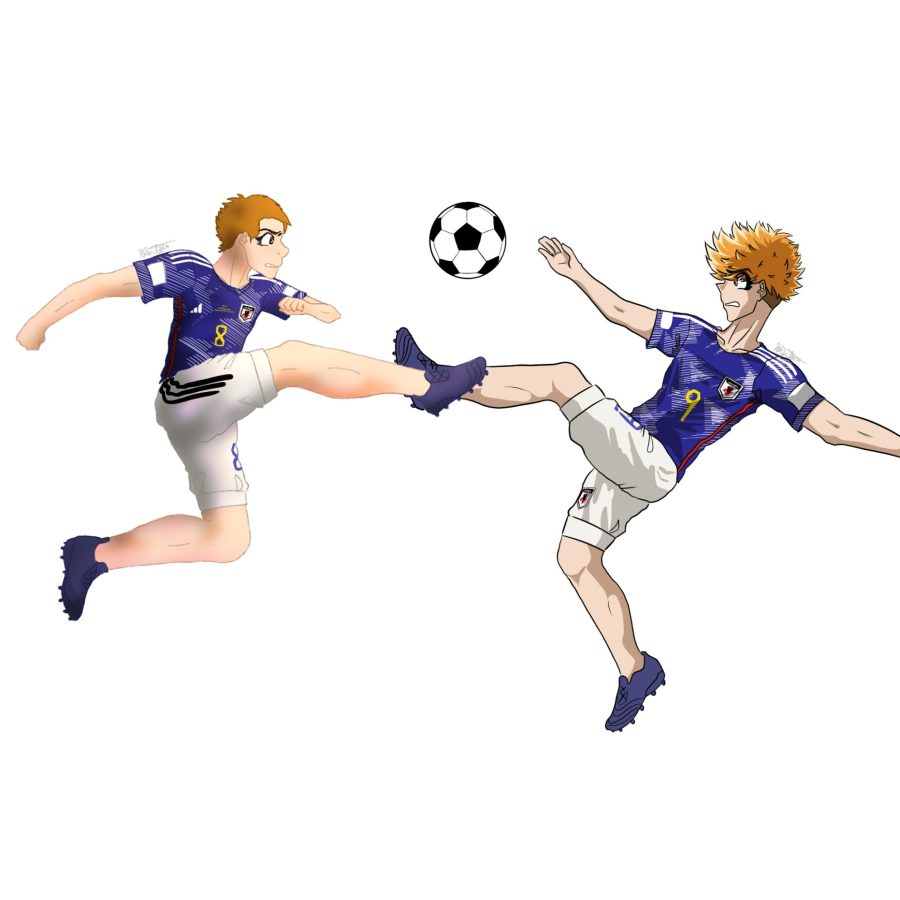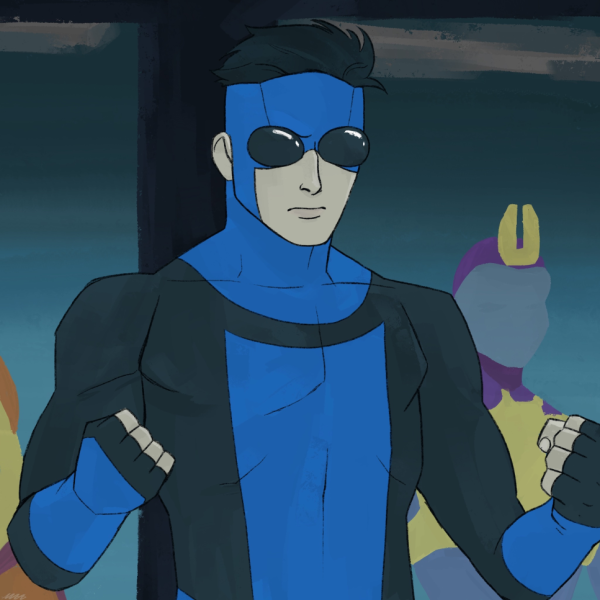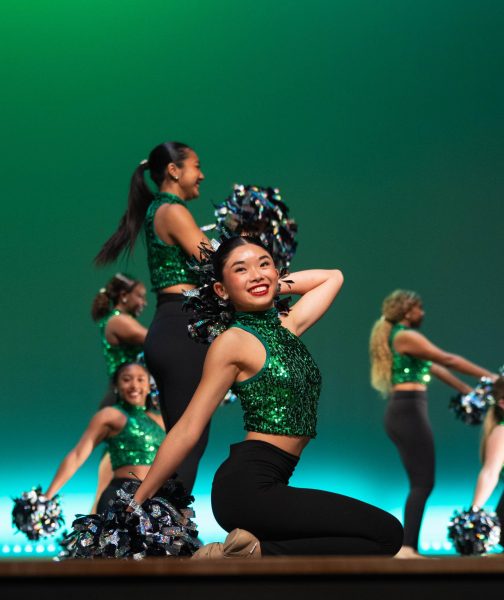The ‘Blue Lock’ is real
Japan’s World Cup similarities to soccer anime
Japanese soccer player Ritsu Doan clashes with Blue Lock character Rensuke Kunigami. They are often compared to each other.
Team Japan has been a dominating force in the 2022 FIFA World Cup, upsetting the soccer juggernauts Spain and Germany. This historic run has striking similarities to the Japanese anime Blue Lock. From blue jerseys with a paper crane motif to controversial goals, scenarios on the screen have turned into reality.
The anime’s plot follows the Japanese national team’s disastrous defeat in the 2018 FIFA World Cup. The government realized their tranquil and mellow team lacked a selfishly outstanding striker—a striker that would outshine everyone on the field, disregarding their teammates. Wanting to lead Japan to stardom, officials developed Project Blue Lock—a dog-eat-dog training camp designed to create the world’s greatest egotist striker.
The soccer show criticizes traditional Japanese values, which put the group ahead of the individual. Japan’s national team’s main point was to play “good soccer” and be good partners, not win the World Cup or become the best players in the world. However, the anime throws that ball out of bounds and advocates for players being selfish and using their teammates for their own success.
Blue Lock’s influence began with the creation of the Japanese World Cup jerseys. Yusuke Nomura, an illustrator of the anime, designed the attire donned by the Japanese players. The blue jersey features a simple origami design that copies the exact jerseys worn in Blue Lock.
But Blue Lock’s sway affected more than just the team jerseys; it directed the team’s mentality. Japan embodied Blue Lock’s egotistical ideals in their match against Germany on Nov. 23.
During the second goal, winger Takuma Asano was almost parallel to the goalpost and had the opportunity to pass to a teammate, which appeared to look like the safer option. However, Asano revealed his Blue Lock ego and fired home Japan’s winner to hand his side an upset win.
This trend followed into the dark horse’s game against Spain.
In the Blue Lock anime, Rensuke Kunigami, an orange-haired striker, runs onto a pass and scores a dynamic shot from outside the box with his left foot that just barely manages to beat the goalkeeper’s outstretched arms.
This had striking resemblances to Japanese winger Ritsu Doan’s opening goal against Spain. Doan not only had orange hair but also scored the goal in the same manner: a cut in from the right, shooting on his left foot, scoring a vigorous goal that just escaped the goalie’s domain.
However, it’s the second goal that truly reflects the outstanding mirror strike: the infamous goal where the ball appeared to cross the touchline.
In the anime, Yoichi Isagi, a Blue Lock striker, goes for a hail-mary shot that veers wide and threatens to go behind, only for Gin Gagamaru, the miracle boy who would take a shot from anywhere, to make an astonishing save to keep the ball in play by millimeters and score from a tight angle around the post.
Japan’s closing goal was a copy of Gagamaru’s. This time instead, Kaoru Mitoma kept the ball in play by a few millimeters before his final cross, which Ao Tanaka headed in.
Although the Blue Lock saga ended after Japan’s choke during the deciding penalty kicks against Croatia, Blue Lock Project 2.0 will be back in 2026 to try to bring Japan the elusive World Cup Championship.
Your donation will support the student journalists of Bellaire High School. Your contribution will allow us to purchase equipment and cover our annual website hosting costs.








Ms. Eccles • Apr 4, 2023 at 4:05 pm
Awesome writing Helen! Great story too
Mohammed Khan • Dec 18, 2022 at 10:50 pm
Damn, that was so inspirational… I feel like playing soccer right now!
liltjaygotshot • Dec 18, 2022 at 10:49 pm
I completely agree!
Alexa • Dec 15, 2022 at 3:40 pm
I started watching Blue Lock after reading your story.
Blen A • Dec 14, 2022 at 6:17 pm
Great story!